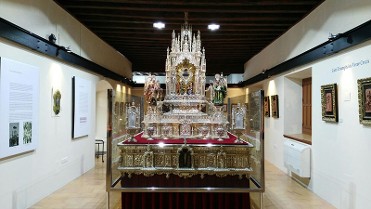
MUSEO DE LA VERA CRUZ
Castillo, Santuario de la Vera Cruz
30400 CARAVACA DE LA CRUZ
Telephone: +34 968 70 56 20
e-mail: reservas@caravacadelacruz.es
www.turismocaravaca.com
![]()
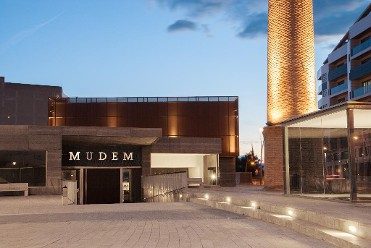
MUDEM - MUSEO DEL ENCLAVE DE LA MURALLA
C/ Ibn Arabí s/n
30500 MOLINA DE SEGURA
Telephone: +34 968 38 85 62
e-mail: felipe.gonzalez@molinadesegura.es
![]()

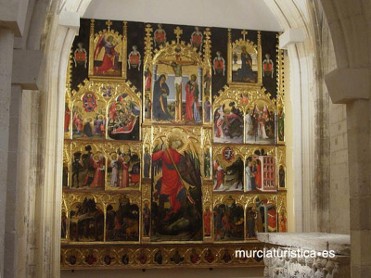
MUSEUM OF THE CATHEDRAL OF MURCIA
Plaza Cardenal Belluga
30001 MURCIA
Telephone: +34 968 219 713
e-mail: info@museocatedralicio.com
www.museocatedralicio.com
![]()


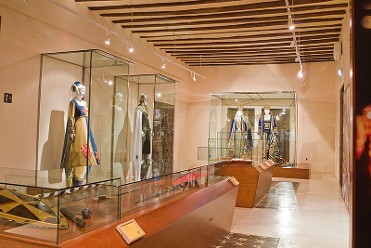
MUSEO DE LA FIESTA
C/ Las Monjas, 19
30400 CARAVACA DE LA CRUZ
Telephone: +34 968 70 56 20
e-mail: reservas@caravacadelacruz.es
www.turismocaravaca.com
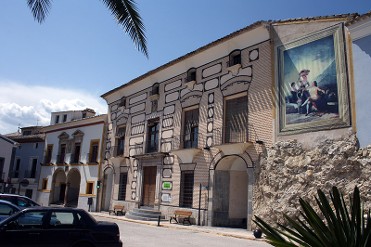
MUSEO ARQUEOLÓGICO MUNICIPAL DE CEHEGÍN
Plaza del Castillo, s/n
30430 CEHEGÍN
Telephone: +34 968 74 25 25
e-mail: museocehegin@hotmail.com
www.turismocehegin.es
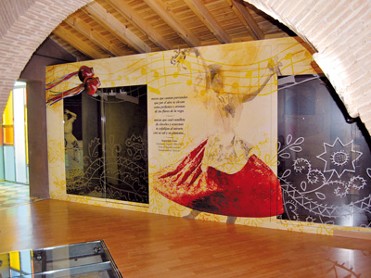
MUSEO HORNO DEL CONCEJO Y CASA DEL FOLCLORE
C/ Cid Campeador, 2 - Esquina calle del Castillo
30500 MOLINA DE SEGURA
Telephone: +34 968388519
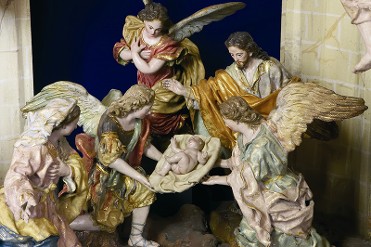
SALZILLO MUSEUM
Plaza. San Agustín, 3
30005 MURCIA
Telephone: +34 968 29 18 93
e-mail: museosalzillo@museosalzillo.es
www.museosalzillo.es
![]()
![]()


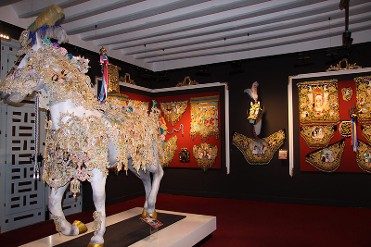
CASA-MUSEO DE LOS CABALLOS DEL VINO
C/ Gregorio Javier, 21
30400 CARAVACA DE LA CRUZ
Telephone: 868 185 096
e-mail: reservas@caravacadelacruz.es
www.turismocaravaca.com
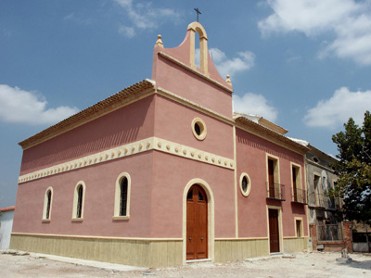
MUSEO ETNOGRÁFICO CARLOS SORIANO
Pza. de la Ermita, s/n
30509 EL LLANO (MOLINA DE SEGURA)
Telephone: +34 968388519
/
Fax: +34 968 692 019
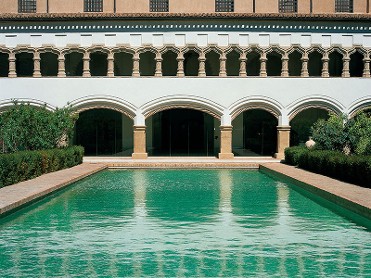
MUSEO DE SANTA CLARA
Avenida Alfonso X, 1
30001 MURCIA
Telephone: +34 968 27 23 98
e-mail: museosregiondemurcia@carm.es
www.museosregiondemurcia.es
![]()

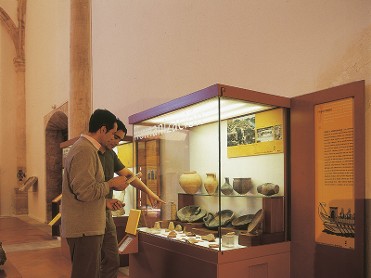
MUSEO ARQUEOLÓGICO MUNICIPAL LA SOLEDAD
Cuesta del Castillo, s/n. Iglesia de la Soledad
30400 CARAVACA DE LA CRUZ
Telephone: +34 968 700 512
e-mail: reservas@caravacadelacruz.es
www.turismocaravaca.com
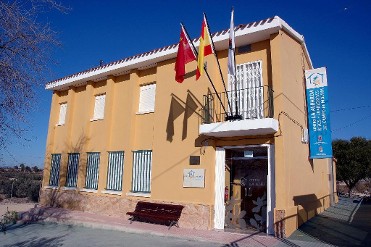
CENTRO LA ALBARDA DE RITOS Y TRADICIONES DEL CAMPO DE MOLINA
Avd. de la Albarda, 74 - Pedanía La Albarda
30507 ALBARDA (MOLINA DE SEGURA)
Telephone: +34 968 388 522
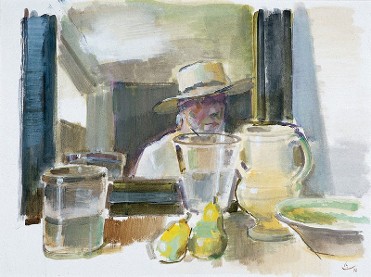
RAMÓN GAYA MUSEUM
Plaza Santa Catalina, s/n
30004 MURCIA
Telephone: +34 968 22 10 99
e-mail: museo.ramon.gaya@ayto-murcia.es
www.museoramongaya.es
![]()
![]()
![]()
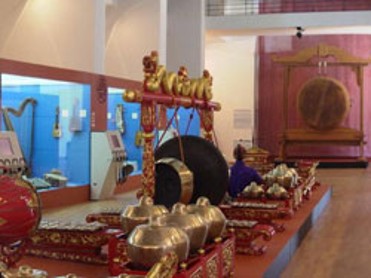
MUSEO DE LA MÚSICA ÉTNICA DE BARRANDA
C/ Pedrera, s/n
30412 BARRANDA (CARAVACA DE LA CRUZ)
Telephone: +34 968 738 491
museomusicaetnica.com/
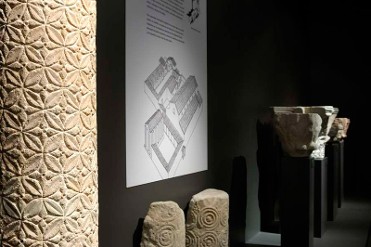
ARCHAEOLOGICAL MUSEUM
Av. Alfonso X "el Sabio", 7
30008 MURCIA
Telephone: +34 968 23 46 02
e-mail: museosregiondemurcia@carm.es
www.museosregiondemurcia.es
![]()


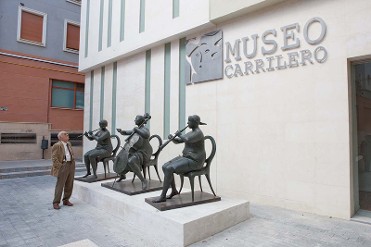
MUSEO CARRILERO
Pza. José Carrilero, s/n
30400 CARAVACA DE LA CRUZ
Telephone: +34 968 70 56 20
e-mail: reservas@caravacadelacruz.es
www.josecarrilero.net/museo/index.htm
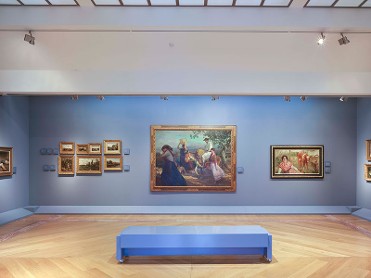
FINE ARTS MUSEUM
C/ Obispo Frutos, 12
30003 MURCIA
Telephone: +34 968 23 93 46
e-mail: museosregiondemurcia@carm.es
www.museosregiondemurcia.es
![]()
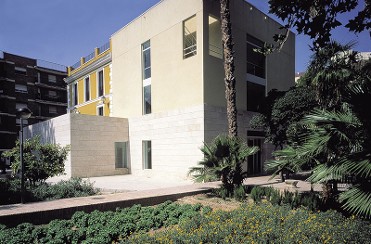
MUSEUM OF THE CITY
Plaza de las Agustinas, 7
30005 MURCIA
Telephone: +34 968 27 43 90
e-mail: museo.ciudad@ayto-murcia.es
museodelaciudad.murcia.es/
![]()
![]()
![]()

MUSEUM OF SCIENCE AND WATER
Plaza de la Ciencia, 1
30002 MURCIA
Telephone: +34 968 21 19 98
e-mail: coordinacion.mca@ayto-murcia.es
cienciayagua.org/
![]()
![]()
![]()


AQUARIUM
C/ Cartagena s/n. (Antiguo Cuartel de Artillería)
30002 MURCIA
Telephone: 868 88 85 63
www.aquarium.um.es



